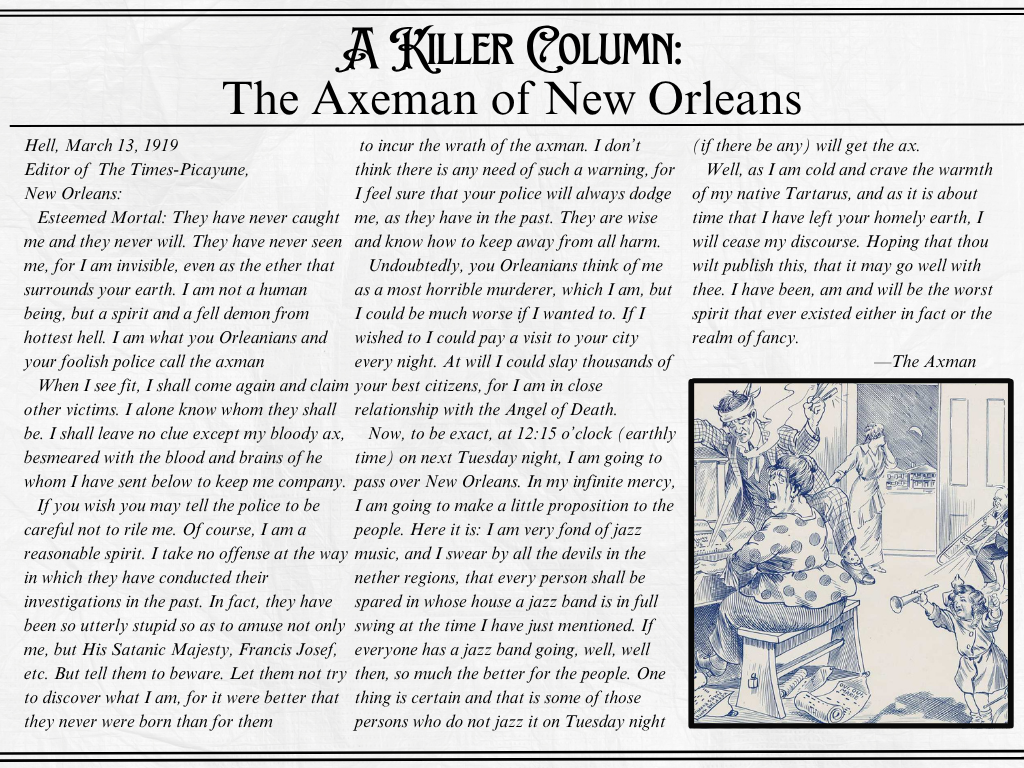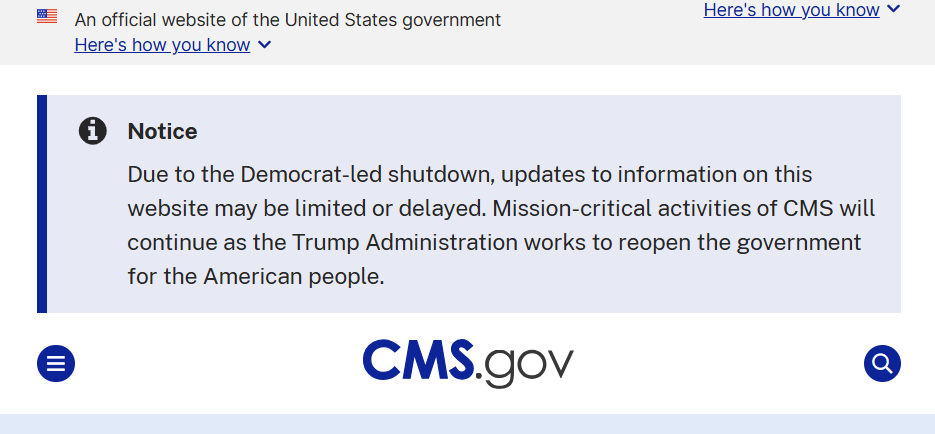As the new executive officers prepare to take over their roles, a referendum may be in the future for students.
The natatorium is slated to close at the end of April, and a new purpose must be found for the space.
“We don’t have to use the ideas that have already been attempted. We can have a completely new option. There are several things we can do. This summer we can begin working on a solution,” Robinson said.
For any option chosen, if the university cannot fund it completely, a referendum will be implemented.
“So there would be a student fee increase. The students would go through us and we would take it to the UL system,” Robinson said.
SGA adviser Laura Knotts said a referendum would be likely because “our budget has been slashed and slashed and slashed.” They would then get quotes on it from professionals who would lay out how much it would cost.
“Then we estimate enrollment and figure out how much it would be per semester. If we look at it and it’s something like three hundred dollars a semester, we won’t go with that option,” Knotts said.
Rino Nicholas, a senior professional pharmacy student, said that since the natatorium is closing down no matter what they have a lot of options.
“If people want an indoor pool still, it will be cheaper to tear the Nat down and build a new indoor pool complex. With that said, we would have to ask the students what they want in its place,” Nicholas said.
Current suggestions include an event complex, or revisiting the Bayou Park amphitheater combo with a canoe dock and new pool complex.
Nicholas, an SGA senator, loves rock climbing and thinks it would be cool to have a rock wall.
“It’s fun and it’s a good work out. From a recruitment standpoint, having worked in the recruitment office previously, having something like a rock wall is a great selling point to incoming freshmen,” Nicholas said.
Nicholas believes a rock wall would give ULM a competitive edge in recruitment.
“While I’m not an expert in construction, I feel it would be easy to build one or convert one of the racquetball rooms in the activity center,” Nicholas said.
Nicholas prepared a survey for students to fill out and suggest options for the natatorium space and Activity Center. The survey is available online. It asks five questions; two questions are about the natatorium and two are about the Activity Center.
The fifth question asks participants if they would be willing to attend a “town hall” meeting to talk about different options and other ways to improve the university.
“The link has been spread around via social media. Since it’s being run by a student and not the university, we can leave it up until the end of the semester as long as students are responding to it,” Nicholas said.
Students must consider cost for possible options, as well as how this will affect future students, according to Nicholas. He said there is no point in voting for something nobody will use.
“Also, as future alumni, we have to realize our choices now affect the students later. I feel it is our responsibility to always make decisions for the betterment of our current and future students,” Nicholas said.
With vital parts of the natatorium outdated and expensive to replace, keeping the building open is no longer a viable or cost efficient option, according to Knotts.
“The chiller system for the pool is so old that they have to make special parts just for our pool. Renovating this site would be just as expensive if not more so than starting over,” Knotts said.
Treasurer Adrian Lejeune hopes to hear from students directly, suggesting the use of a dry erase board to gather ideas.
“We talked about bringing a big dry erase board out into the quad for students to scribble ideas down. Usually if they see a group of people, they get curious and it would be an easy way to get ideas,” Lejeune said.
Lejeune said they can direct it more towards the natatorium or what students would generally want to see improved on campus.
“When you’re face to face it’s easier to get a response,” Lejeune said.
Robinson supports student suggestions.







Garrett • Apr 14, 2014 at 11:44 am
We just voted last Spring to increase fees $60 per semester for nearly all students. This should result in nearly one million dollars per year extra that SGA controls. With this extra money I find it outrageous that more money will be needed. Mrs. Knotts states, “Our budget has been slashed and slashed and slashed.” I know my fees went up, so for what was this significant amount of funds used? Also, it is my opinion that we need to get our priorities in order. The budget cuts have, without a doubt, most adversely affected education and staffing at ULM. It seems to me any increase of fees should go towards essential classroom needs before extracurricular activities. After all, the purpose of colleges and universities is higher education.